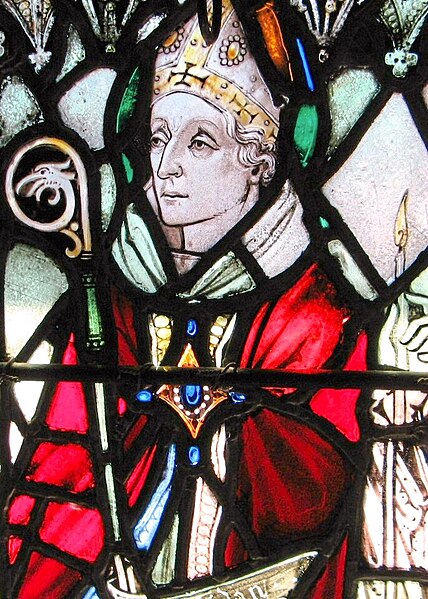(Molly)
Today is the Feast of Saint Maximilian Kolbe, patron of our youngest living son, also known as "Maxy Moo-Moo." Maximilian Kolbe is one of the most well-known saints of modern times. The Polish saint lived only a few decades ago.
When Maximilian was ten years old he had a profound spiritual experience after his loving mother, in exasperation, said something to him that started his looking toward the future. "Whatever will become of you?" she said to her spirited boy.
"That night, I asked the Mother of God what was to become of me. Then she came to me holding two crowns, one white, the other red. She asked me if I was willing to accept either of these crowns. The white one meant that I should persevere in purity, and the red that I should become a martyr. I said that I would accept them both." -Saint Maximilian Kolbe
Maximilian joined the Franciscans at a very young age and later went as a missionary to Japan where he founded a monastery. His friars utilized the most modern printing techniques and published a daily newspaper with a circulation of 230,000 and a monthly magazine with a circulation of over one million.
During World War II, Father Maximilian provided shelter for refugees from greater Poland including over 2,000 Jews. In 1941, he was arrested by the German Gestapo, imprisoned and later transfered to Auschwicz. Later that year, a man from Kolbe's barracks disappeared. The camp commander chose ten men from the same barracks to be starved to death to discourage further escape attempts. (The man who had vanished was later found drowned in the camp latrine.) One of the selected men Franciszek Gajowniczek, cried out, lamenting his family, and Father Maximilian volunteered to take his place in the starvation chamber.
During the time in the cell, he led the men in songs and prayer. He taught them to pray the Rosary. After three weeks of dehydration and starvation, only Kolbe and three others were still alive. Each time the guards checked on him, he was standing or kneeling in prayer. He was murdered with an injection of carbolic acid. The man whose life was spared was later reunited with his family and was present at the canonization of Saint Maximilian Kolbe.
It is our prayer that our own son, named after a man with a deep devotion to our Lord, would learn to love with the same sacrificial love as modeled by Saint Maximilian.
On your Feast Day, Saint Maximilian Kolbe, pray for us.




















